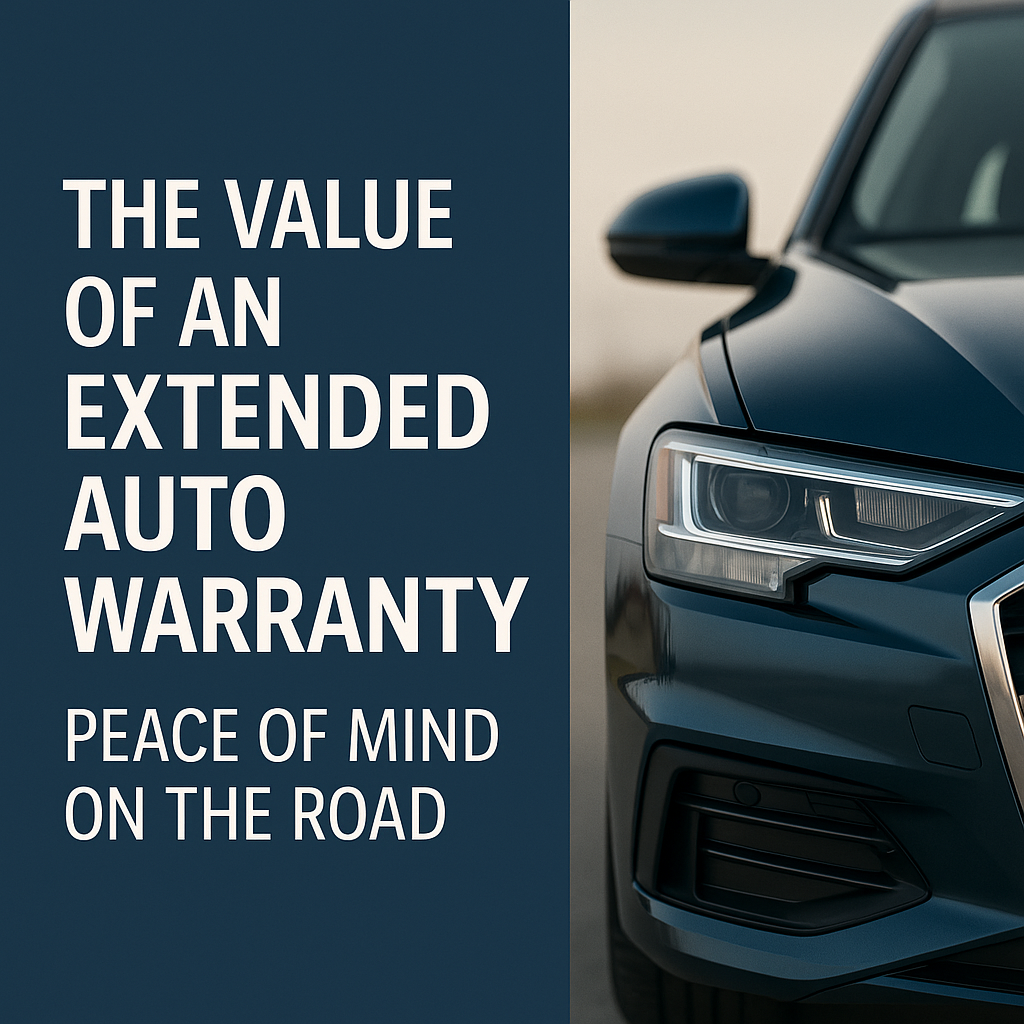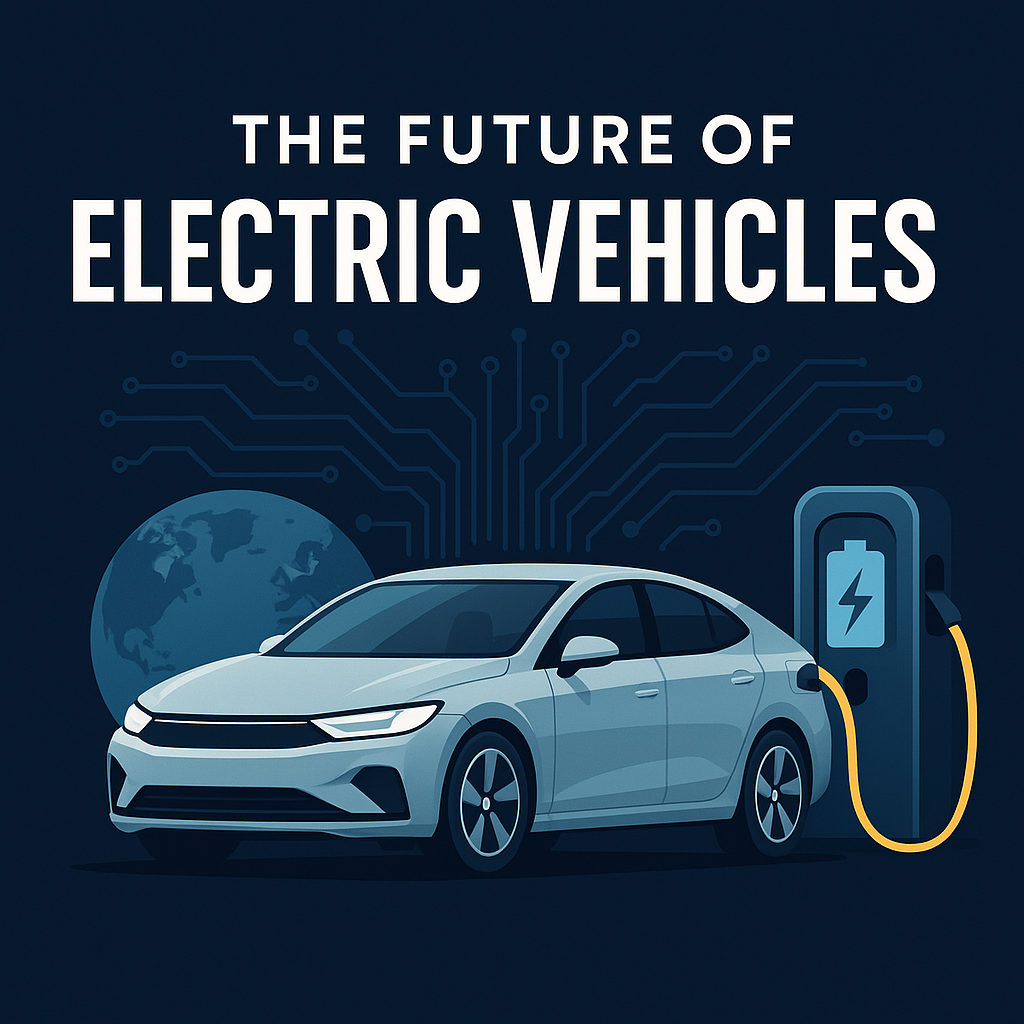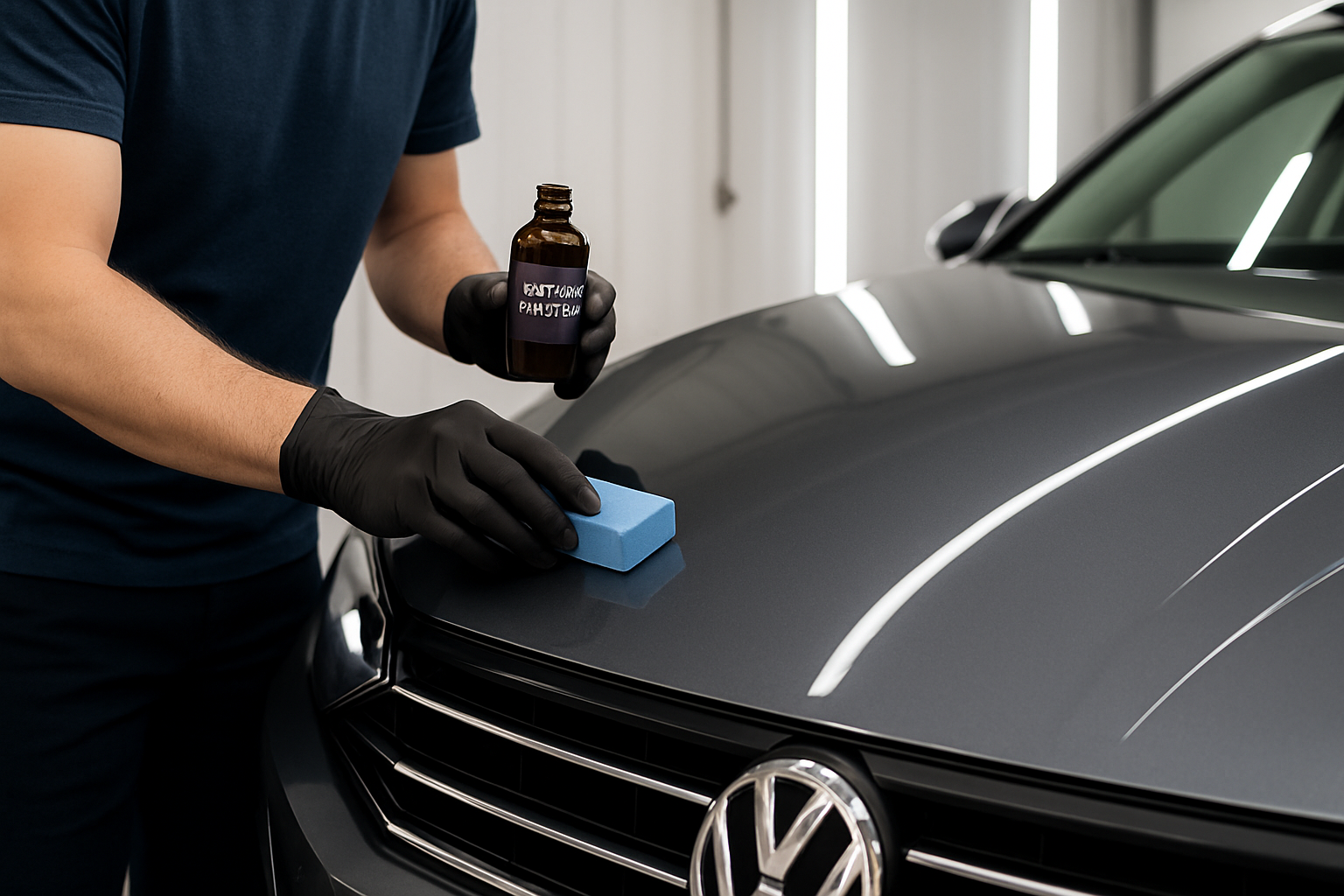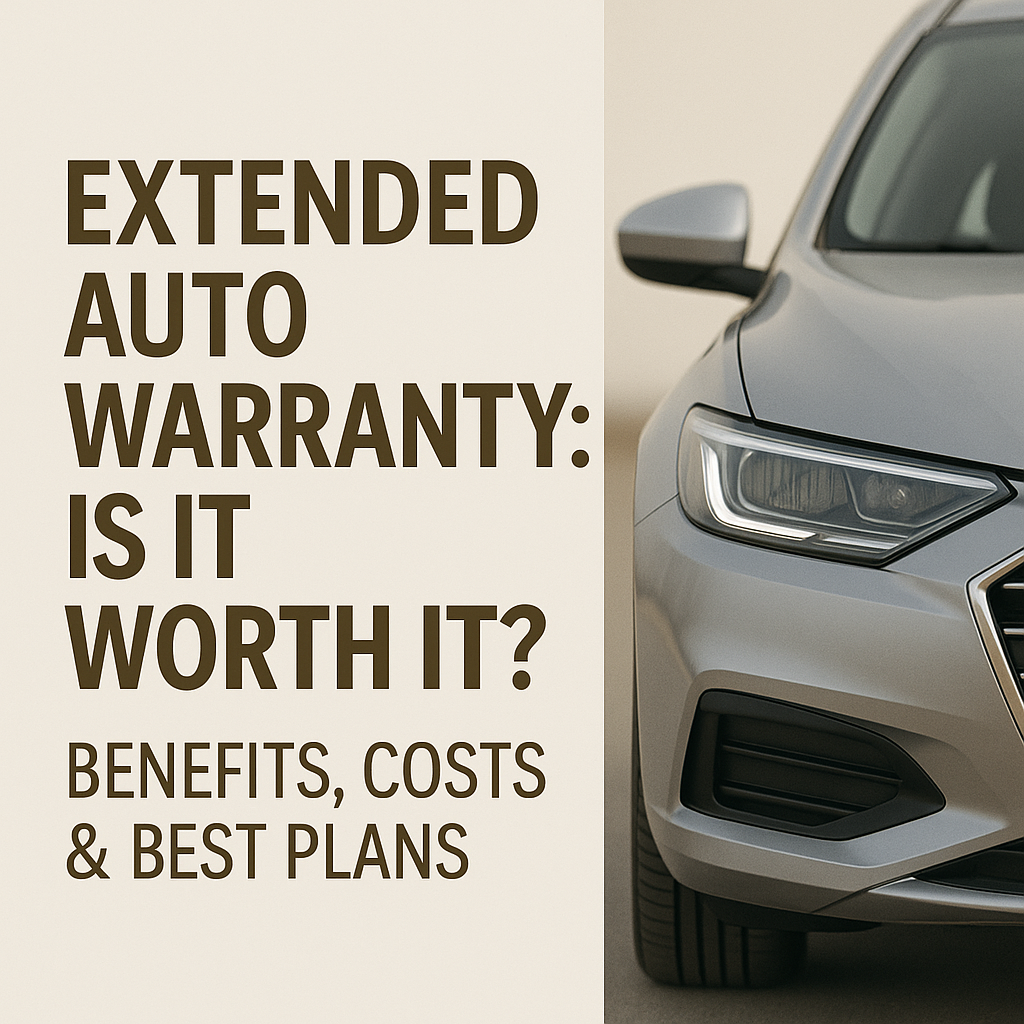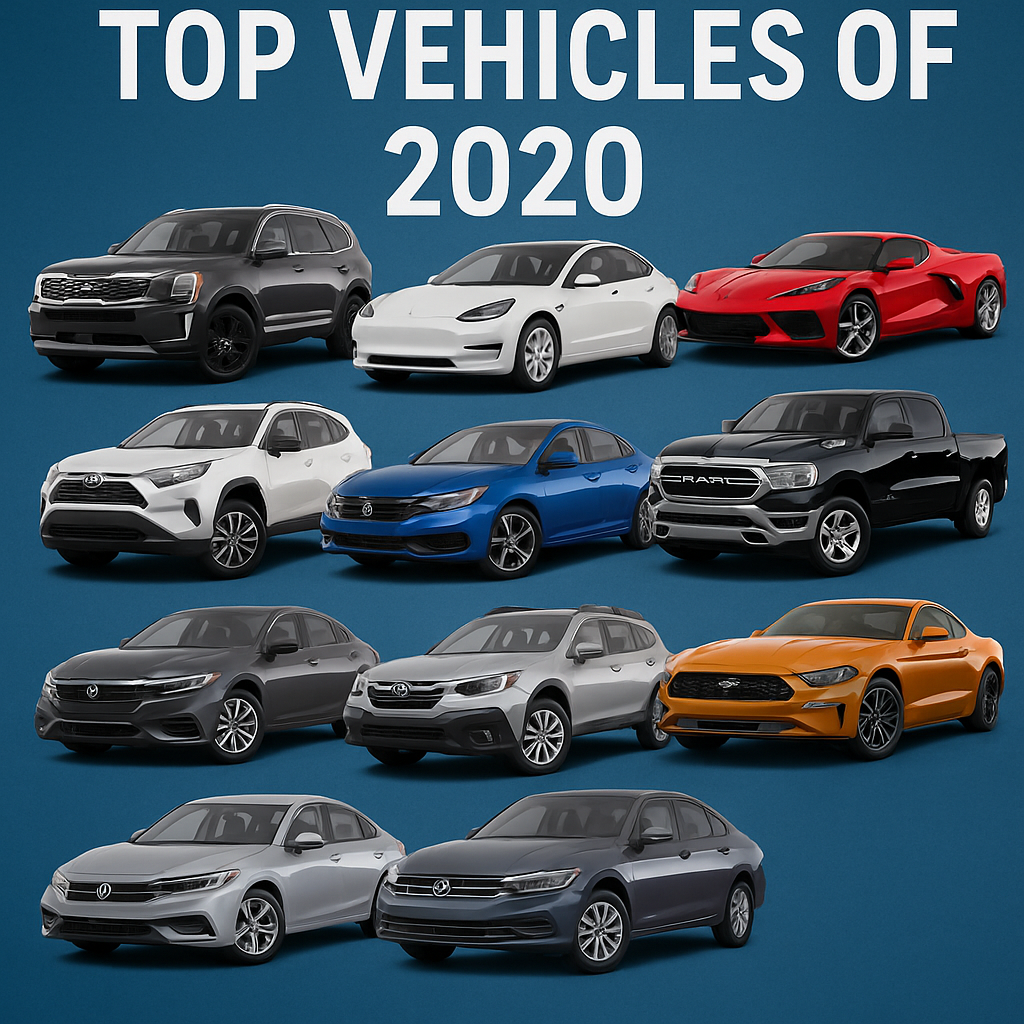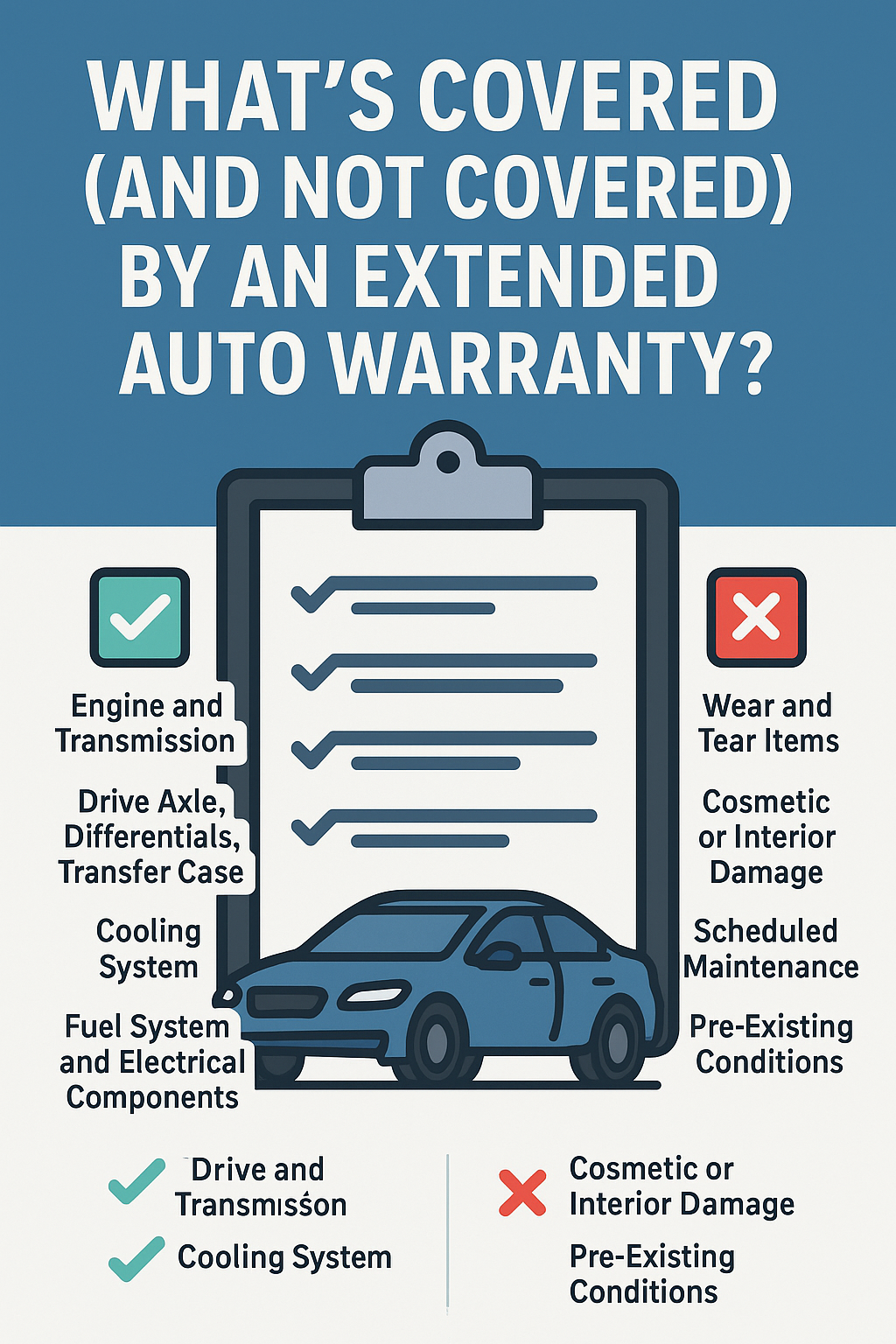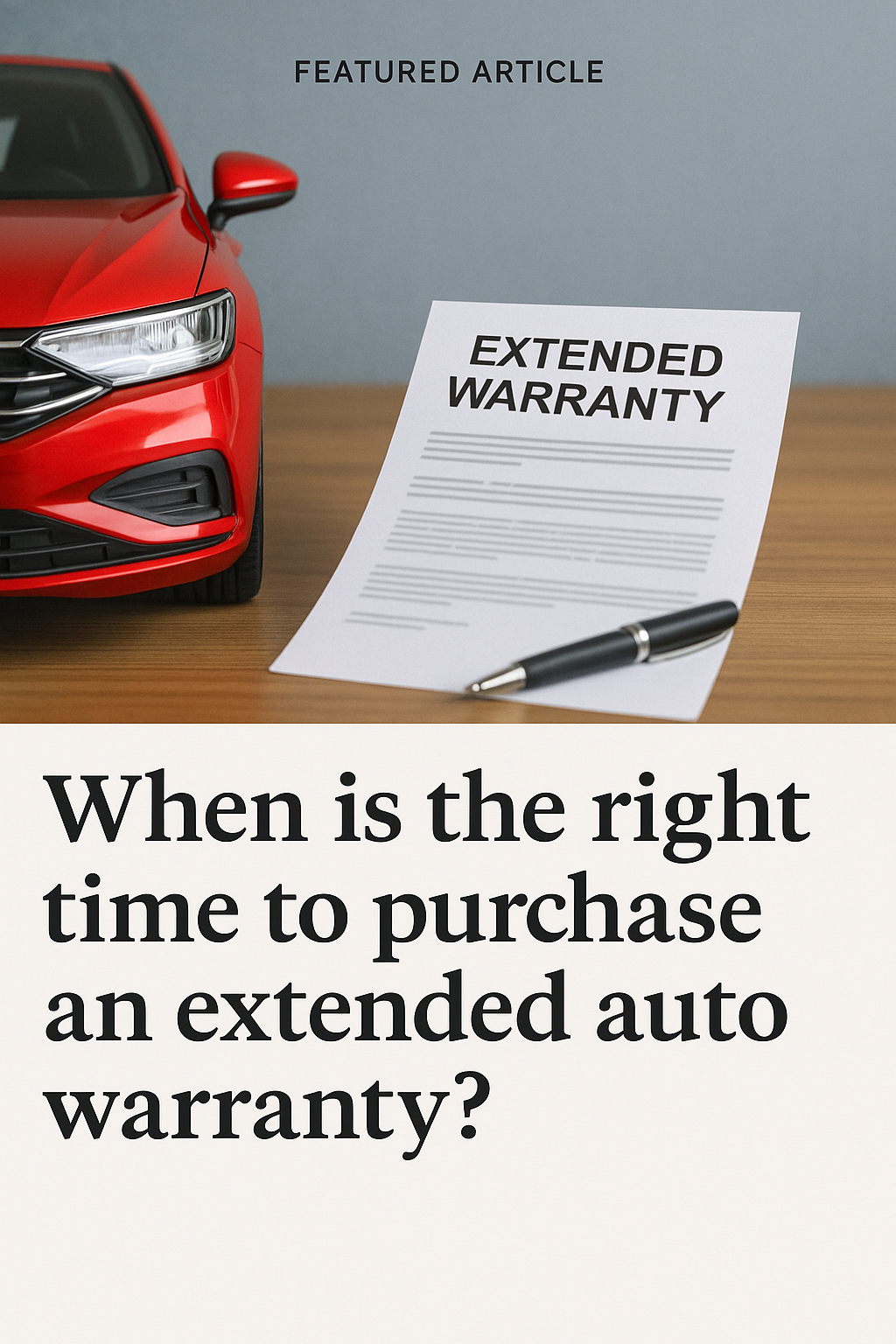The Value of an Extended Auto Warranty: Peace of Mind on the Road
Owning a vehicle is one of the most significant investments many people make, but with ownership comes the inevitable reality of repairs and maintenance. Even the most reliable vehicles are not immune to unexpected breakdowns, and as cars become more advanced with high-tech components, the cost of repairs continues to rise. This is where an extended auto warranty—also known as a vehicle service contract—proves its value.
What Is an Extended Auto Warranty?
An extended auto warranty is a protection plan that covers the cost of certain repairs and services after the manufacturer’s original warranty expires. Unlike basic insurance, which protects against accidents and liability, an extended warranty helps cover mechanical and electrical breakdowns that occur during everyday use.
Plans vary widely, but they can include coverage for:
-
Engine and transmission repairs – Some of the most expensive fixes.
-
Electrical systems – Including advanced infotainment and navigation units.
-
Air conditioning and heating systems – Vital for comfort and safety.
-
Suspension and steering components – Critical for performance and control.
Why Consider an Extended Auto Warranty?
-
Rising Repair Costs
Modern vehicles are equipped with sophisticated technology—from hybrid drivetrains to advanced driver-assistance systems. While these features improve safety and convenience, they can be costly to repair. For example, a transmission replacement may cost $4,000–$7,000, while a simple infotainment system repair could reach $1,500 or more. -
Financial Protection & Predictability
An extended warranty allows you to plan ahead by transforming unpredictable repair expenses into manageable payments. Instead of being blindsided by a sudden repair bill, you have a safeguard in place that helps absorb the cost. -
Peace of Mind
Drivers often underestimate the stress that comes with a sudden vehicle breakdown. Extended coverage ensures that when something goes wrong, you’re not left scrambling for repair funds. Many plans also include roadside assistance, rental car coverage, and trip interruption protection, making sure you’re never stranded. -
Extended Vehicle Lifespan
Protecting your car with a warranty often means prioritizing regular repairs and maintenance. This not only keeps your car running smoothly but also helps retain its resale value when it’s time to upgrade.
Who Benefits Most from Extended Warranties?
-
Owners of vehicles with expired factory warranties who plan to keep their cars long-term.
-
Drivers with luxury or high-performance vehicles, where repair costs are significantly higher.
-
Frequent travelers and commuters who put extra miles on their vehicles.
-
Budget-conscious families who prefer predictable costs over surprise expenses.
Choosing the Right Warranty
Not all extended auto warranties are created equal. When selecting coverage, consider:
-
Coverage breadth – Does the plan cover only major components or offer bumper-to-bumper protection?
-
Repair flexibility – Are you required to visit specific shops, or can you choose your own mechanic?
-
Customer support – Is the provider accessible 24/7?
-
Added benefits – Such as roadside assistance or free towing.
Conclusion
An extended auto warranty is more than just a safety net—it’s an investment in peace of mind. With the rising costs of auto repairs and the growing complexity of modern vehicles, having protection in place ensures that you can enjoy the road ahead without worrying about unexpected expenses. Whether you drive a daily commuter, a family SUV, or a luxury vehicle, the right warranty plan can provide both financial security and confidence every time you turn the key.
